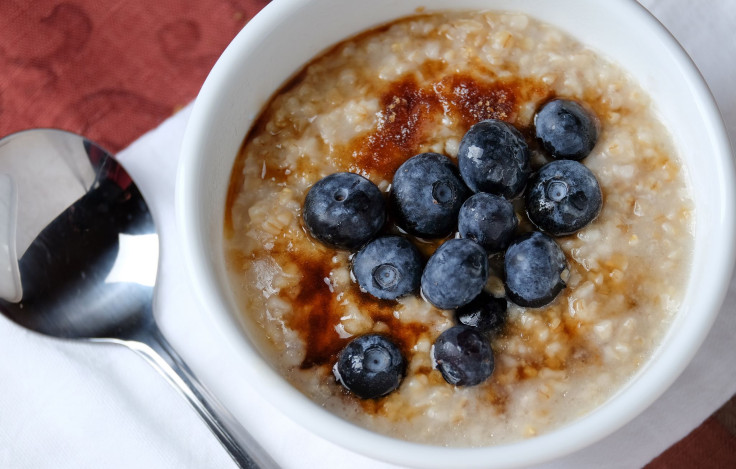Low-Fat Vegan Diet May Improve Insulin Resistance, Reducing Diabetic Neuropathy

Some research suggests following a vegan diet can lower risk for heart disease — but can it also positively impact those with diabetes? A pilot study published in the Nutrition & Diabetes says yes.
Researchers from the Physicians Committee, California State University, Easy Bay, and the George Washington University School of Medicine and Health Sciences put 17 adults with type 2 diabetes and diabetic neuropathy on a low-fat vegan diet for 20 weeks, as well as enrolled them in weekly nutrition classes. Diabetic neuropathy is a type of nerve that can occur when high blood sugar injures nerve fibers throughout the body, the Mayo Clinic reported. Most often, the pain is felt in a diabetic’s legs and feet.
In addition to being low-fat, the diet was plant-based and instructed participants to take a vitamin B12 supplement. One of the criticisms of the vegan diet is it skimps on convenient sources of protein and iron, primarily meat and fish; these products, in addition to eggs and dairy (another eliminated item), are rich in B12. Supplements ensure vegans don’t become deficient in this essential vitamin.
Researchers measured for pain levels three times throughout the study; once at baseline, again at midpoint, and then a final time after the study concluded. Each time, participants were given questionnaires to measure their pain; physical assessments; and electrochemical skin conductance on their foot.
The results showed the vegan diet, compared to following a non-vegan diet, significantly improved diabetic nerve pain, improving blood circulation and nerve function. Bonus: participants, on average, also lost 14 pounds.
“A dietary intervention reduces the pain associated with diabetic neuropathy, apparently by improving insulin resistance,” Dr. Neal Barnard, president of the Physicians Committee, said in a press release. “The same diet also improves body weight and reduces cholesterol and blood pressure.”
Cameron Wells, a registered dietitian at PCRM and one of the authors of the study, told LiveScience improved insulin resistance allows the body time to fix the nerve damage. And the dietary intervention he and his team prescribed and had participants follow was easy. The staple items, like steel-cut oats, leafy greens, and lentils are widely available at most grocery stores.
"It's always so rewarding to see [our patients'] reactions, because it's indicating 'I really am doing something that seems to be working,'" Wells said.
The Department of Health and Human Services estimates 60 to 70 percent of people with diabetes have some form of neuropathy, which likely results from a combination of factors such as metabolic factors, including blood sugar and low levels of insulin, and autoimmune factors that cause inflammation in nerves. Experts recommend patients see their doctor the minute they notice any cut or sore on their feet that won’t heal, gets infected, or gets worse.
Other concerning symptoms include burning, tinging, weakness or pain in hands and feet; dizziness; changes in digestion, urination, or sexual function. While the Mayo Clinic found these symptoms don’t always indicate nerve damage, they may still signal other problems requiring medical attention, possibly intervention.
Source: Bunner A E, et al. A dietary intervention for chronic diabetic neuropathy pain: a randomized controlled pilot study. Nutrition & Diabetes. 2015.



























